Juan Pedro Holgado
A comprehensive experimental and theoretical study of the CO + NO reaction catalyzed by Au/Ni nanoparticles
Holgado, Juan Pedro; Wheatley, Andrew E.H.; Kyriakou, Georgios; Márquez, Antonio M.; Holgado, Juan P.; Taylor, Martin J.; Wheatley, Andrew E. H.; Mehta, Joshua P.; Fernández Sanz, Javier; Beaumont, Simon K.; Lambert, Richard M.
Authors
Andrew E.H. Wheatley
Georgios Kyriakou
Antonio M. Márquez
Juan P. Holgado
Dr Martin Taylor Martin.Taylor@hull.ac.uk
Lecturer
Andrew E. H. Wheatley
Joshua P. Mehta
Javier Fernández Sanz
Simon K. Beaumont
Richard M. Lambert
Abstract
The catalytic and structural properties of five different nanoparticle catalysts with varying Au/Ni composition were studied by six different methods, including in situ X-ray absorption spectroscopy and density functional theory (DFT) calculations. The as-prepared materials contained substantial amounts of residual capping agent arising from the commonly used synthetic procedure. Thorough removal of this material by oxidation was essential for the acquisition of valid catalytic data. All catalysts were highly selective toward N2 formation, with 50-50 Au:Ni material being best of all. In situ X-ray absorption near edge structure spectroscopy showed that although Au acted to moderate the oxidation state of Ni, there was no clear correlation between catalytic activity and nickel oxidation state. However, in situ extended X-ray absorption fine structure spectroscopy showed a good correlation between Au-Ni coordination number (highest for Ni50Au50) and catalytic activity. Importantly, these measurements also demonstrated substantial and reversible Au/Ni intermixing as a function of temperature between 550 °C (reaction temperature) and 150 °C, underlining the importance of in situ methods to the correct interpretation of reaction data. DFT calculations on smooth, stepped, monometallic and bimetallic surfaces showed that N + N recombination rather than NO dissociation was always rate-determining and that the activation barrier to recombination reaction decreased with increased Au content, thus accounting for the experimental observations. Across the entire composition range, the oxidation state of Ni did not correlate with activity, in disagreement with earlier work, and theory showed that NiO itself should be catalytically inert. Au-Ni interactions were of paramount importance in promoting N + N recombination, the rate-limiting step.
Citation
Holgado, J. P., Wheatley, A. E., Kyriakou, G., Márquez, A. M., Holgado, J. P., Taylor, M. J., Wheatley, A. E. H., Mehta, J. P., Fernández Sanz, J., Beaumont, S. K., & Lambert, R. M. (2019). A comprehensive experimental and theoretical study of the CO + NO reaction catalyzed by Au/Ni nanoparticles. ACS Catalysis, 9(6), 4919-4929. https://doi.org/10.1021/acscatal.8b05154
| Journal Article Type | Article |
|---|---|
| Acceptance Date | Apr 19, 2019 |
| Online Publication Date | Apr 19, 2019 |
| Publication Date | Jun 7, 2019 |
| Deposit Date | Apr 23, 2019 |
| Publicly Available Date | Jun 13, 2019 |
| Journal | ACS Catalysis |
| Electronic ISSN | 2155-5435 |
| Publisher | American Chemical Society |
| Peer Reviewed | Peer Reviewed |
| Volume | 9 |
| Issue | 6 |
| Pages | 4919-4929 |
| DOI | https://doi.org/10.1021/acscatal.8b05154 |
| Keywords | Bimetallic catalysts; In situ measurements; DFT; Active species; Effect of Au; Reaction mechanism |
| Public URL | https://hull-repository.worktribe.com/output/1625954 |
| Publisher URL | https://pubs.acs.org/doi/10.1021/acscatal.8b05154 |
| Contract Date | Apr 23, 2019 |
Files
Article
(3.7 Mb)
PDF
Copyright Statement
This is an open access article published under a Creative Commons Attribution (CC-BY) License, which permits unrestricted use, distribution and reproduction in any medium, provided the author and source are cited.
You might also like
PdCu single atom alloys supported on alumina for the selective hydrogenation of furfural
(2021)
Journal Article
The Hydrogenation of Crotonaldehyde on PdCu Single Atom Alloy Catalysts
(2023)
Journal Article
